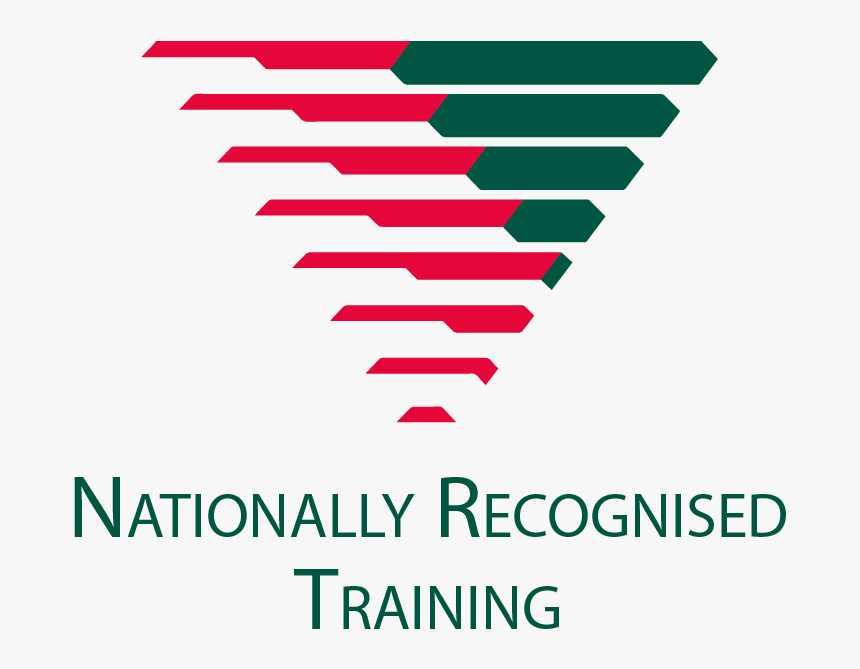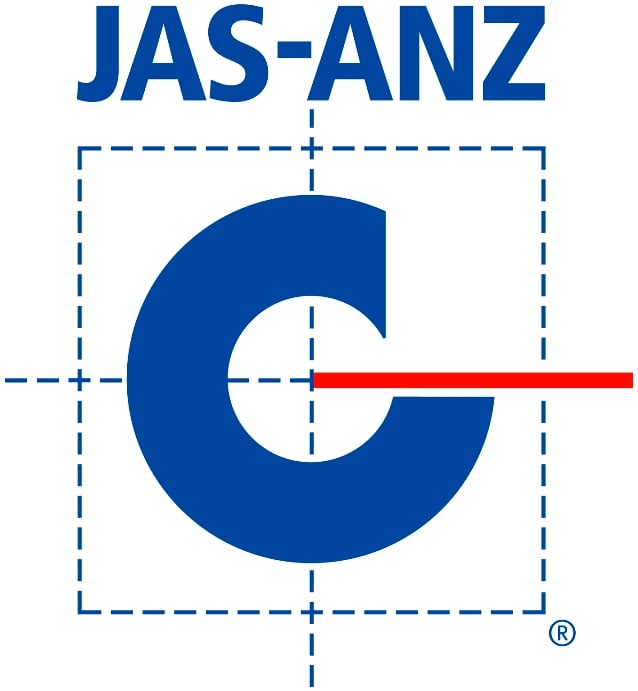The importance of documenting reasons for decisions is as relevant for our regulatory clients as it is for those we work with in the emergency/incident management sectors. The contemporary focus on transparency and accountability driven by diverse stakeholders has made recording around decision making for both government and private sector organisations an important part of our training programs at all levels. A key factor is how to build a culture of correctly documenting the decision making process at all levels.
In terms of regulatory and law enforcement agencies for example, we often find as part of reviews of matters that teams fall into the trap of believing that by recording the outcome of a matter (usually in accordance with a standard template), they are also recording the reasons for that decision. This is often not the case. Reasons address the who, what, when, where, why and how of a decision, not the outcome. We often see explanations for taking no further regulatory action recorded as:
- ‘There was likely an operator error’
- ‘It is considered unlikely that sufficient evidence to support a successful prosecution could be gathered’
- ‘Despite a detailed investigation, insufficient evidence was gathered to support a breach of any legislation administered by this department”NFA – [Regulator] otherwise satisfied’
- ‘The evidence has been reviewed. We do not consider it appropriate to pursue the matter any further’
Best practice templates or prompts for final reports to assist those in investigative/regulatory roles to document the decision making process should include
- Provision to set the scene – that is, explain the legislative framework for the decision and what factors need to be taken into account to make the decision
- Refer to specific evidence – that is, refer specifically to different pieces of evidence that support the conclusion reached rather than to ‘all the evidence’ or to a lengthy document upon which the decision-maker relied
- A prompt to list the evidence relied upon to make the decision. This is particularly relevant for fast moving contexts where decisions may be made based on certain information. In large organisations information may come into the agency that pre-dates the decision but was not known at the time of the decision. It can be critical to document what was known and what you were relying on to make your decision/recommendation.
- Discuss the weight of evidence – that is, explain how conflicting evidence was treated and why more weight was given to some evidence than other evidence in reaching the conclusion
- Be presented in a logical order – that is, in a chronological or some other appropriate order.
Building systems and processes that enable the correct documenting of the decision making process in an efficient way, particularly in high volume investigation or compliance environments will minimise the risk to individuals and the organisation. It will also build community confidence in the organisation as being able to demonstrate the values of objectivity, transparency and accountability which feature in so many statements of the organisational values.




